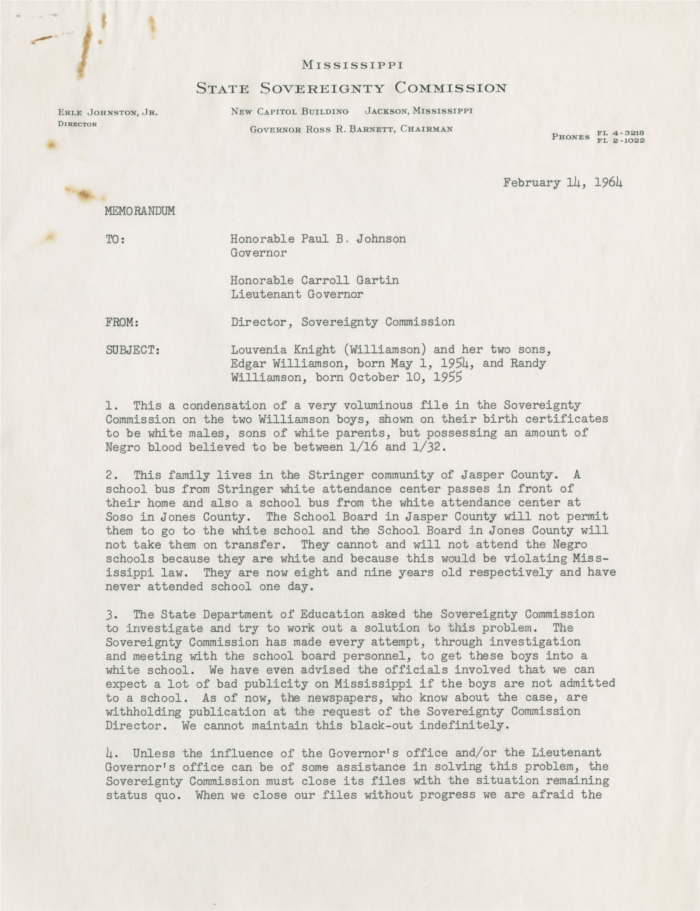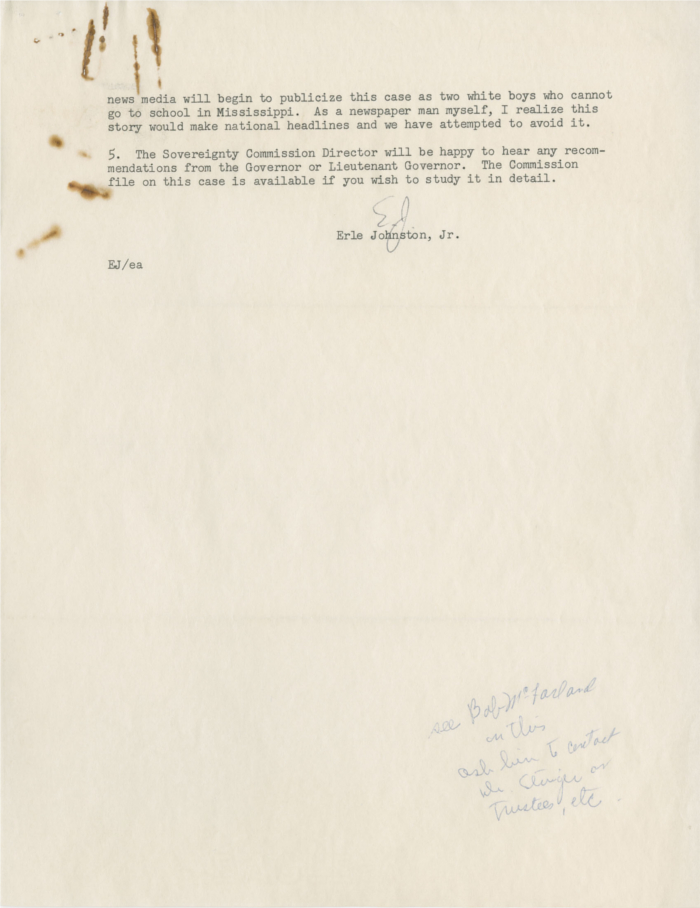“A Very Different Looking Class of People”: Racial Passing, Tragedy, and the Mulatto Citizen in American LiteraturePosted in Dissertations, Literary/Artistic Criticism, Media Archive, Passing, United States on 2013-08-05 04:53Z by Steven |
University of Southern Mississippi
2013-02-18
81 pages
Stephanie S. Rambo
Honors Prospectus Submitted to the Honors College of The University of Southern Mississippi In Fulfillment Bachelors of Arts In the Department of English
This project explores the mulatto citizen as one who prevails against tragedy, uses passing as an escape route to freedom and equality, and establishes a fixed racial identity in a color struck world. In nineteenth-century American literature, the mulatto penetrates a seemingly solid world of color to reveal racial anxieties of the time. Harriet Beecher Stowe’s Uncle Tom’s Cabin, or Life Among the Lonely (1852), William Wells Brown’s Clotel, or the President’s Daughter (1853), Frank J. Webb’s The Garies and Their Friends (1857) and Frances E.W. Harper’s Iola Leroy, or Shadows Uplifted depict these mulatto characters as agents of social change. Each of these texts present the figure of the mulatto in a historical context, as a slave in the South and free/freedman in the antebellum North. Considering these various genres (esp. the blending of fiction and nonfiction at times), this study examines how different authors take a political stance by using the mulatto figure to define U.S. citizenship.
Stowe’s Uncle Tom’s Cabin is a foundational text due to the political response during Abraham Lincoln’s administration and from abolitionists worldwide. Stowe represents those minorities excluded from the democratic process, namely African Americans and women who were both disenfranchised. I examine political fiction by Brown, Webb, and Harper due to their depictions of the laws of slavery and African Americans’ civil rights struggles throughout the nineteenth century. Most of these American writers were excluded themselves from the political process. Therefore, I consider these writers most capable to present the voice of the marginal, mulatto citizen.
Read the entire thesis here.

